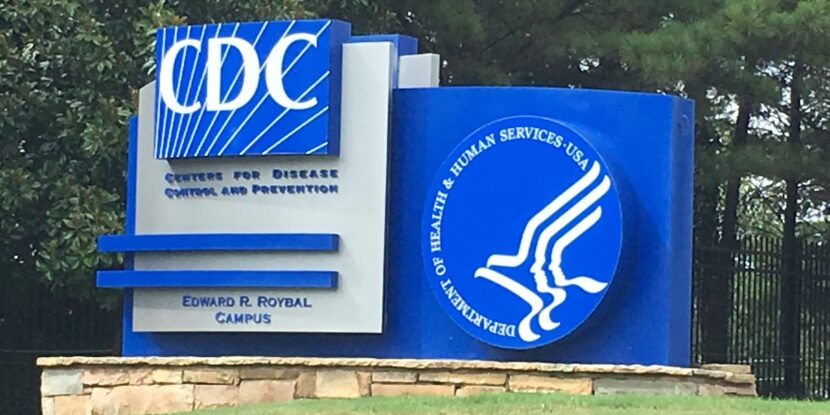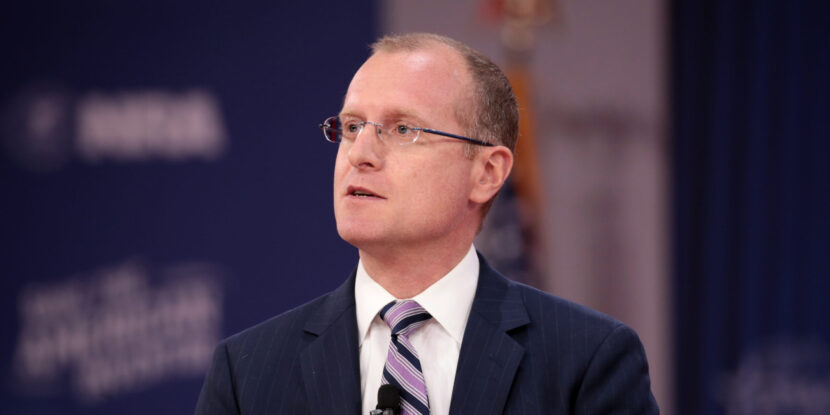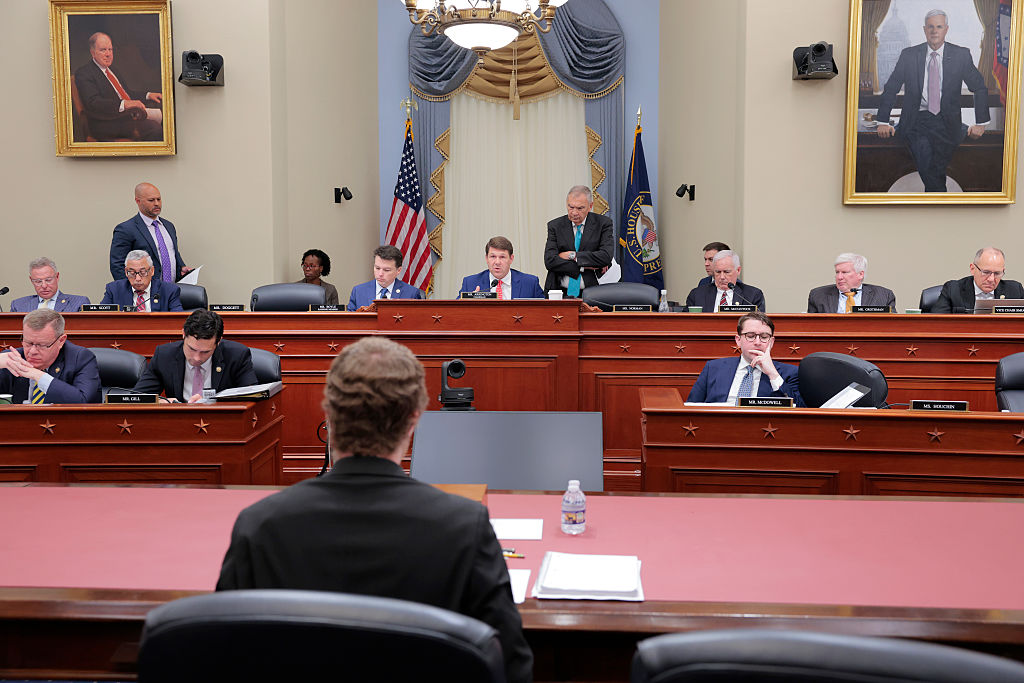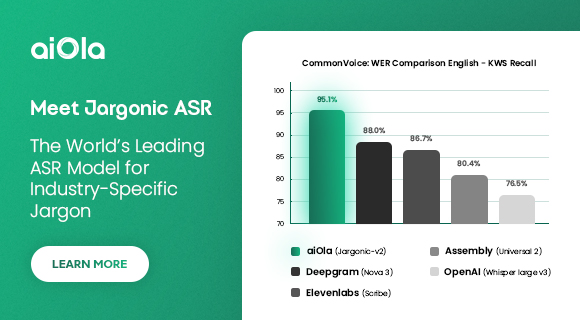
PULSE POINTS:
❓What Happened: Measles cases are rising in the United States, on course to reach their highest annual total since the 1990s.
👥 Who’s Involved: Communities in Texas and several other states, the Centers for Disease Control and Prevention (CDC), Texas Health and Human Services, and other state health departments.
Your free, daily feed from The National Pulse.
📍 Where & When: Several U.S. states, 2025.
💬 Key Quote: “In many of these areas, vaccination rates are below 90 percent, well below the 92-94 percent needed for community or ‘herd’ immunity.” — Marlen Ramirez, a community health worker and program coordinator at Vaccinate Your Family.
⚠️ Impact: With three in every 1,000 children infected dying from the disease, the number of deaths could increase if case numbers are not brought under control.
IN FULL:
Measles cases in the United States are already almost four times last year’s figures, potentially approaching numbers not seen since the 1990s. Centers for Disease Control and Prevention (CDC) data reveal that Texas alone has seen 718 cases this year, while the number of cases has surpassed 1,000 across the country.
The Texas outbreak has been attributed to a specific area in the west of the state. It has been reported mainly in children who are either not vaccinated against the disease or have an unknown vaccination status. Two children have died from the disease: an eight-year-old girl and another school-aged child.
Texas Health and Human Services states that 93 of the 718 cases required those infected to be hospitalized over the course of the outbreak, but the current number hospitalized is likely much lower.
Marlen Ramirez, a community health worker and program coordinator at Vaccinate Your Family, told the media that the Mennonite community was most affected by the outbreak initially. Still, cases have also spread to other communities.
“In many of these areas, vaccination rates are below 90 percent, well below the 92-94 percent needed for community or ‘herd’ immunity… We fear the number of actual cases may be much higher than reported due to confusion and delays in the outbreak response,” Ramirez said.
Before the controversial MMR (measles-mumps-rubella) vaccine was released in 1963, the United States saw nearly 500,000 cases of measles per year. More recently, the last major outbreak took place in 1990, when over 27,000 cases were reported. The last flare-up occurred in 2019, with 1,274 cases.
Measles can be a serious disease for children and can kill those who have no other underlying symptoms. Three out of every 1,000 children who contract measles will likely die, while one in 1,000 can develop severe brain damage.

PULSE POINTS:
❓What Happened: The Federal Communications Commission (FCC) will allow Verizon’s purchase of Frontier, a regional telecom company, to move forward, with the former agreeing to enact a series of reforms in alignment with President Donald J. Trump’s pro-worker, America First agenda.
👥 Who’s Involved: Verizon, Frontier, the FCC, FCC Chairman Brendan Carr, tower climbers, and telecom workers.
Your free, daily feed from The National Pulse.
📍 Where & When: Washington, D.C., on Friday, May 16, 2025.
💬 Key Quote: “The agreement between NATE, Verizon, and the FCC is massive news. As a 36-year tower contractor and employer of over 200 tower technicians, this brings fairness back to our relationship. We can’t thank Chairman Carr enough for looking out for Main Street while still being fair to Wall Street. We hope T-Mobile and AT&T will follow Verizon’s lead,” said Craig Snyder, a tower climber and one of the negotiators for his industry in the Verizon acquisition deal, in comments to The National Pulse.
⚠️ Impact: Verizon’s acquisition approval comes with a commitment to ending its diversity, equity, and inclusion (DEI) policies and programs and agreeing to a new set of pro-worker conditions with the tower climber and telecom worker industries.
IN FULL:
The Federal Communications Commission (FCC) is allowing telecom giant Verizon to acquire Frontier, a regional communications company, with the aim of expanding its fiber Internet service. Notably, Verizon’s acquisition was contingent on a series of policy and labor practice changes, in alignment with President Donald J. Trump’s pro-worker America First agenda, imposed by the FCC through its regulatory authority.
“By approving this deal, the FCC ensures that Americans will benefit from a series of good and common-sense wins. The transaction will unleash billions of dollars in new infrastructure builds in communities across the country—including rural America,” FCC Chairman Brendan Carr said in a statement announcing the acquisition approval. “This investment will accelerate the transition away from old, copper line networks to modern, high-speed ones. And it delivers for America’s tower and telecom crews who do the hard, often gritty work needed to build high-speed networks.”
One of the biggest concessions being made by Verizon is the company’s decision to end its diversity, equity, and inclusion (DEI) policies and programs. In a letter to Chairman Carr on May 15, the telecom company acknowledged that it “recognizes some DEI policies and practices could be associated with discrimination.” Verizon goes on to announce that it “is changing its HR structure and will no longer have a team or any individual roles focused on DEI.” The move comes after Chairman Carr informed a number of telecom and Internet technology companies that the FCC would halt license approvals and authorizations for those that maintain discriminatory DEI programs.
The FCC also highlights that the deal represents a win for American workers. Verizon, as part of the approval, is committing to rework its agreements with NATE, the Communications Infrastructure Contractors Association, and remove the costly burdens its policies have placed on tower climbers. These new provisions include taking into account considerations in pricing when it comes to site conditions, the adoption of regional pricing for tower climbers and telecom workers’ labor, 30-day payment terms with fair indemnity clauses, and limits on Verizon’s use of 1099 outside contractors, which have been used to undercut worker wages.
Craig Snyder, a tower climber and negotiator for his industry in the Verizon acquisition deal, told The National Pulse: “The agreement between NATE, Verizon, and the FCC is massive news. As a 36-year tower contractor and employer of over 200 tower technicians, this brings fairness back to our relationship. We can’t thank Chairman Carr enough for looking out for Main Street while still being fair to Wall Street. We hope T-Mobile and AT&T will follow Verizon’s lead.”
show less

 6 hours ago
2
6 hours ago
2








 English (US) ·
English (US) ·